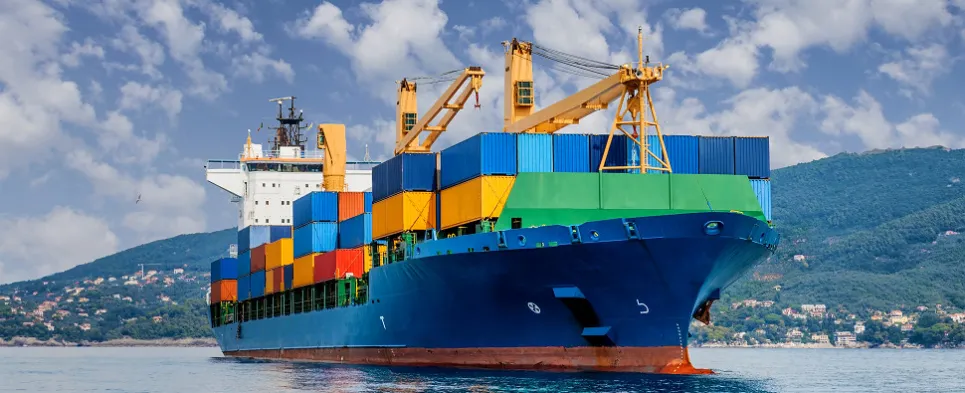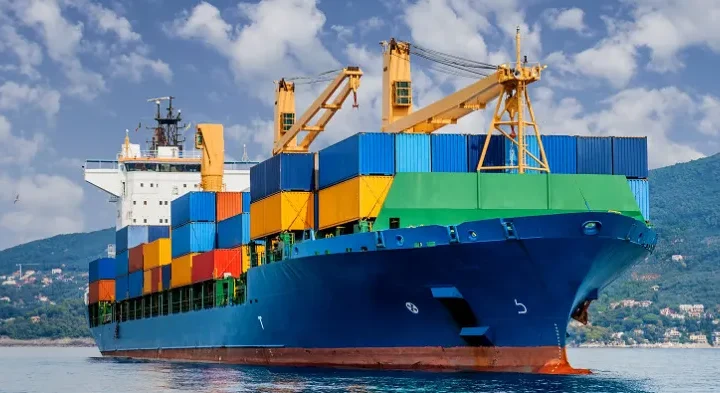
Shipping from China to Germany is one of the most active trade routes in global commerce, making an efficient freight strategy essential for businesses aiming to reduce costs, speed up delivery times, and maintain reliability. Whether you are importing electronics, textiles, machinery, or consumer goods, optimizing your logistics can dramatically enhance supply chain performance. This guide explains how to streamline your shipping operations, what transport modes to consider, how to manage customs effectively, and how the strategies used for Shipping From China to Saudi Arabia can sometimes overlap with tactics used for Germany-bound freight due to similar trade complexities.
Understanding the China–Germany Trade Route
Germany is a major European logistics hub with advanced infrastructure and robust import regulations. Efficient planning is crucial because the route covers long distances, crosses multiple borders, and involves various transport options. Importers must evaluate speed, cost, customs duties, and freight reliability when choosing the best logistics approach. A well-structured strategy ensures predictable transit times and avoids delays that can disrupt inventory flow.
Choosing the Best Freight Mode
Selecting the right shipping method is one of the most important steps in optimizing your logistics. Each mode offers unique benefits depending on your cargo size, budget, and urgency.
Sea Freight
Sea freight is the most cost-effective option for large, heavy, or non-urgent shipments. Most China–Germany ocean cargo passes through major ports like Shanghai, Ningbo, and Shenzhen, arriving at German ports such as Hamburg, Bremerhaven, or Wilhelmshaven. FCL shipments are ideal if you want a dedicated container, offering better security and fixed pricing. LCL shipping is suitable for smaller loads, allowing you to share container space. Although transit times range from 30 to 40 days, sea freight remains the most economical choice for bulk cargo.
Air Freight
Air freight is the fastest method, ideal for high-value or time-sensitive goods. With transit times of only 3 to 7 days, it offers unmatched speed but at a higher cost. Major air cargo hubs between China and Germany include Beijing, Shanghai, Guangzhou, Frankfurt, and Munich airports. Air freight is also more reliable in terms of schedule, making it suitable for businesses that cannot afford delays.
Rail Freight
Rail freight has grown in popularity due to its balance of speed and cost. It typically takes 15 to 20 days and connects inland manufacturing hubs directly to Europe. Rail is environmentally friendly and more affordable than air freight while being significantly faster than sea freight. For medium-sized shipments seeking stable pricing and predictable transit times, rail is an excellent option.
Optimizing Freight Costs
To streamline your shipping budget, focus on cost transparency, shipment consolidation, and proper planning. Comparing quotes from multiple freight forwarders ensures competitive pricing and helps you evaluate hidden fees. Consolidating small shipments into larger loads reduces per-unit costs. Planning early allows you to avoid peak-season surcharges, which are common during holidays and factory shutdown periods in China.
Preparing Accurate Documentation
Accurate documentation is essential to avoid customs delays and unexpected penalties. Common documents include commercial invoices, packing lists, certificates of origin, and transport contracts such as the Bill of Lading or Air Waybill. Ensuring your paperwork complies with both Chinese export regulations and German import laws keeps your supply chain running smoothly. Missing or incorrect documents can lead to cargo being held at the port, leading to additional storage fees and delivery disruptions.
Navigating Customs and Duties
Germany follows standardized EU customs rules, so importers must correctly classify goods using HS codes, declare shipment value accurately, and pay customs duties, VAT, and other applicable taxes. Working with an experienced freight forwarder ensures proper documentation and helps you avoid errors that could trigger customs inspections. Customs clearance efficiency is one of the pillars of an optimized freight strategy, especially when shipping high-volume or high-value goods.
Packaging and Labeling Requirements
Proper packaging protects your cargo during long transit across sea, rail, or air. International shipments require durable materials that can withstand handling, stacking, and weather exposure. Cargo should be labeled with product details, HS codes, handling instructions, and destination information. Good packaging not only reduces damage but also ensures compliance with German import standards, helping shipments clear customs faster.
Selecting the Right Freight Forwarder
A reliable freight forwarder provides end-to-end solutions, including carrier selection, documentation, consolidation, warehousing, customs clearance, and last-mile delivery. Their expertise plays a critical role in optimizing routes, negotiating favorable rates, and ensuring smooth communication between all logistics partners. When comparing forwarders, assess their track record with China–Germany shipments and ensure they offer transparent pricing and real-time tracking systems.
Using Technology to Improve Efficiency
Modern supply chains rely heavily on digital tools. Shipment-tracking software, automated inventory management, and digital documentation platforms reduce human error, improve transparency, and speed up the shipping process. Many importers also use data analytics to forecast demand and adjust shipping frequency, optimizing warehouse space and capital flow.
Seasonal and Market Considerations
Global shipping trends, fuel prices, and seasonal factors can influence both shipping costs and transit times. During Chinese New Year, Golden Week, and European holiday seasons, capacity becomes limited, rates increase, and delays are more common. Planning shipments ahead of these peak periods can significantly reduce costs and avoid supply chain disruptions.
Environmental and Compliance Factors
European regulations strongly emphasize sustainability. Choosing eco-friendly options like rail freight or low-emission carriers helps you align with Germany’s environmental policies. Businesses importing goods into the EU may also need to comply with regulations related to product safety, recycling standards, and environmental certifications.
Comparing Strategies Used in Other Routes
Some optimization methods used in other major trade lanes—such as strategies applied for Shipping From China to Saudi Arabia—can also be useful when planning shipments to Germany. These include early booking, consolidation, strong supplier communication, and working closely with customs agents. Although each country has unique regulations, the principles of efficient freight management remain similar.
Final Thoughts
Optimizing your freight strategy for shipping from China to Germany requires attention to transport modes, customs rules, documentation, packaging standards, and technology-driven solutions. When all these elements align, your business benefits from lower costs, predictable delivery schedules, reduced risk, and a more efficient supply chain. With careful planning and the right logistics partners, you can ensure that your imports reach Germany quickly, safely, and at the best possible cost—strengthening your competitive edge in the global market.




More Stories
Sustainable Woodworking: Eco-Friendly Practices
7 Clear Indicators It’s Time to Consider Getting a Personal 氧氣機
Mastering Screenwriting Contests: Proven Strategies for Success and Industry Recognition